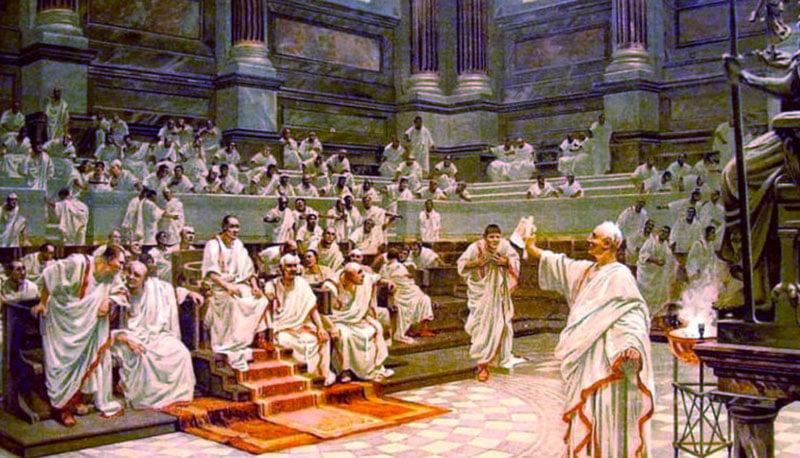The first real great expansion of the Roman republic

It is extremely difficult to find the elements to explain the will of a city. still very young compared to the others in the area, to expand its borders so quickly. Rome at the beginning of its history fights and conquers cities and peoples close to it to most likely have an outlet towards the sea, favored by the central position in the Italian peninsula and by the Tiber which was navigable, but even in the republican era Rome continues in its desire irrepressible to expand and conquer. Occupied almost the entire central area and quelled the last pockets of resistance of the Etruscans and Sabines, Rome meets and clashes with the Samnites.
The result will be a war that will last years in which the two fronts will often clash and even if in some battles in the Samnites they almost had the better in the end Rome defeats them too by greatly enlarging its territory and acquiring an enormous war booty, new warriors for his own army and occupied the whole central part of the peninsula.

The strategy that Rome adopted was simple and effective, that is to weaken the various tribes that made up the social fabric of a territory, in order to then be able to defeat them better if a war broke out. Divide et impera. Once this is done, Rome comes into contact with a civilization made up of ancient, very rich cities, dotted with great monuments, temples and metropolises, the Magna Graecia, that is the part of southern Italy colonized by colonists from Greek cities that over the years had overcome the motherland for culture, wealth and architecture.
With these towns Rome will begin a series of trade and will enter into agreements of non-belligerence, but in the meantime it comes into contact with another civilization, queen of the whole Mediterranean, Carthage. The non-belligerence pacts will last until the beginning of the Punic wars when Rome decides to wage war on Carthage and take over the Mediterranean!
